For Dr. Sarah Lochner of Golden Veterinary Care, determining joint care and OA in dogs can begin during their spay or neuter procedure.
“We do a lot of X-rays at time of spay and neuter to look at hips so we can get an idea if there’s any sort of joint disease already – some hip dysplasia or other things like elbow dysplasia in young dogs. That’s definitely an area where I like to get them started on some sort of supplementation to help protect those joints as much as we can as they age.”
It all starts with assessing where patients are on a spectrum of health issues, and what their personality is. “It depends on the underlying cause. Obviously, with a young dog with a torn ACL most of the time we’re going to recommend surgery for stabilization. But then we’re also going to do anti-inflammatory medications or joint supplements. We have a therapeutic laser here that’s made a really big difference. There’s a number of pets that aren’t surgical candidates for a number of reasons as well, and we’ve seen a big improvement with rehab or laser.”
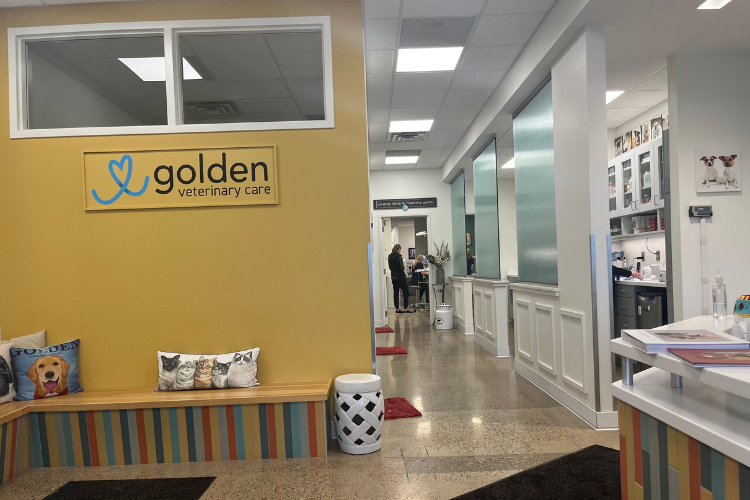
Lochner works at a practice near Minneapolis, Minnesota, land of 10,000 lakes. And just as many Labrador retrievers. She evaluates each patient not just for health, but personality, too.
“It’s a huge spectrum of what we can do and it kind of depends on what’s best for that pet in terms of their anxiety levels. We have a Lab who’s going to run and do all the things no matter how much pain they’re in! So, do they want to come here twice a week for laser or is that not really a good fit for them? Other things like medication can be a really good option for osteoarthritis especially. It’s a big spectrum and we cater to each individual pet based on discussions with the owner, and based on what the pet is doing at home.”
While clients will bring their pet in and report symptoms like limping, an exam can reveal issues the owners don’t notice in everyday life. It’s why Lochner stresses the importance of yearly exams at a minimum.
“I think the biggest thing truthfully is we ask people how their pets are doing at home, and they often say, ‘Oh, he’s not limping, so he’s not in pain.’ And I think there are a number of signs that we can see beyond a limp that indicate pain and changes and catching things earlier, which allows us to do more and protect the joints for longer. Education with clients at home is really important.”
“We have some clients who bring pets in saying, ‘We’re having changes at home with energy or they’re wanting to go on walks, not able to jump up on furniture,’ that sort of a thing. But other times they just come in for routine wellness exams and we do an exam and they really don’t want me lifting up on one leg. And we have a discussion about that. In terms of severity, I think clinical signs at home is a big one, but then X-rays on top of that are a big indicator as well. Dogs and cats are both incredibly stoic creatures, so sometimes we have to go beyond what they’re showing us, to figure out what’s going on.”
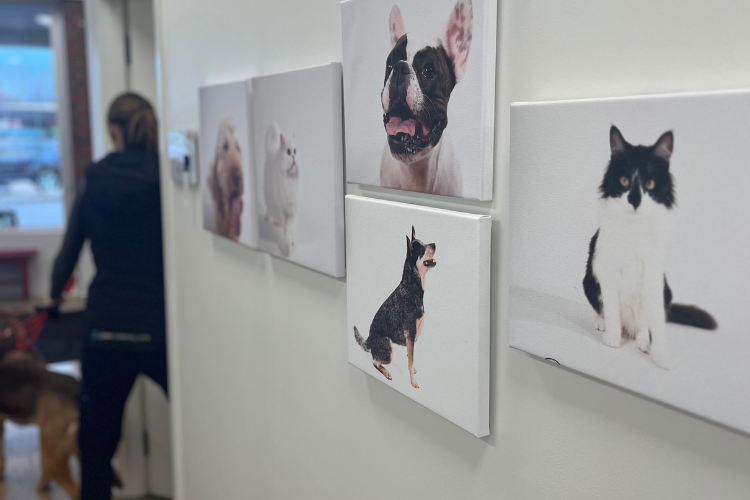
Thinking through her patient base, Lochner told us they have a few smaller dogs that have torn their cruciate ligaments at a much older age recently.
“Surgery is risky for a lot of patients, but especially in our older patients, and our smaller breed dogs are going to tend to do better without surgery. So, there we’re using laser with joint supplements and anti-inflammatories as appropriate and we’ve seen some really positive responses with that approach.”
“The nutraceutical joint supplement family – there’s a number of products on the market. We have definitely had a number of people who are kind of afraid to start a daily medication, a non-steroidal anti-inflammatory for example. But they know there’s some underlying disease, they know there’s some underlying discomfort and they want to start on something like that.”
One of the supplements the practice stocks is Rejensa® joint care chews. Lochner says dogs love it. “We’ve had a couple of dogs who ate through the sample pouch the company offered because it tasted so good!” she told us.
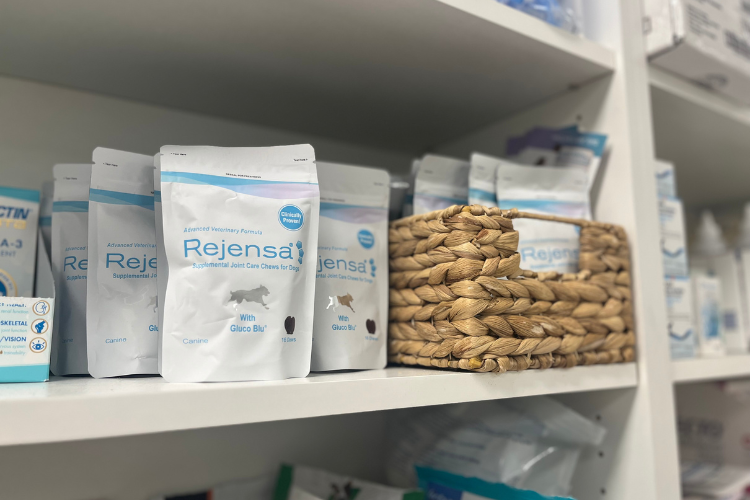
The chews are easy to implement, and Golden Veterinary Care finds good compliance because dogs love them.
“I think if the dog enjoys taking it and it’s not a big headache to administer it – that’s going to 100% help with compliance. There’s no denying it. If it feels like a treat, and feels like something that’s kind of fun for the owner to give, it definitely helps with compliance to make it something that they enjoy.”
Share
Related blogs
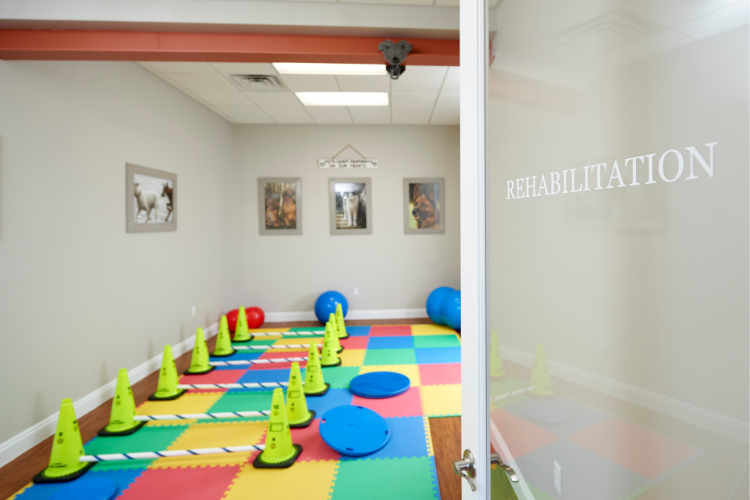
Physical Rehabilitation Therapy and the Role Owners Play with Supplementation
RVTs Lauryn Harker and Tiffany Downing of Canine Rehabilitation of Orange County share 3 illuminating case studies which illustrate that the combination of customized Physical Rehabilitation Therapy, supplements, and diet can mean all the difference in patients outcomes and overall quality of life.
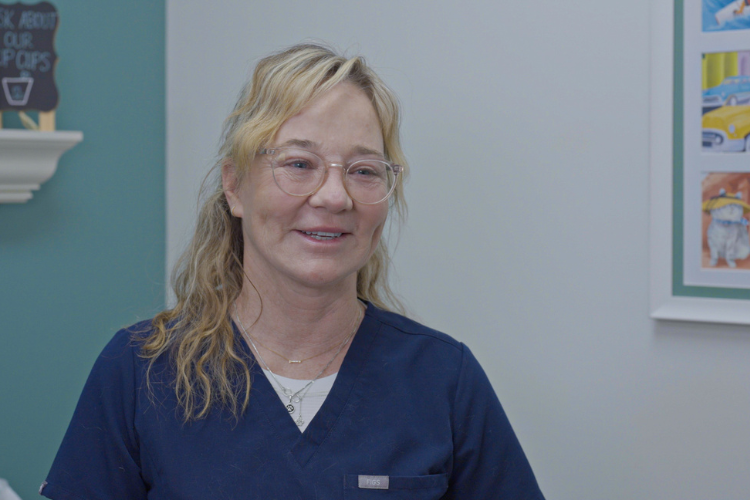
5 Questions a Doctor (and Former Runner) Asks About Mobility
As part of our observation of Wellness Month this March, Dr. Sharon Golden of Golden Veterinary Care shares the top questions she covers in every conversation with pet owners. These behavioral questions are meant to assess a pet's orthopedic issues and needs.
